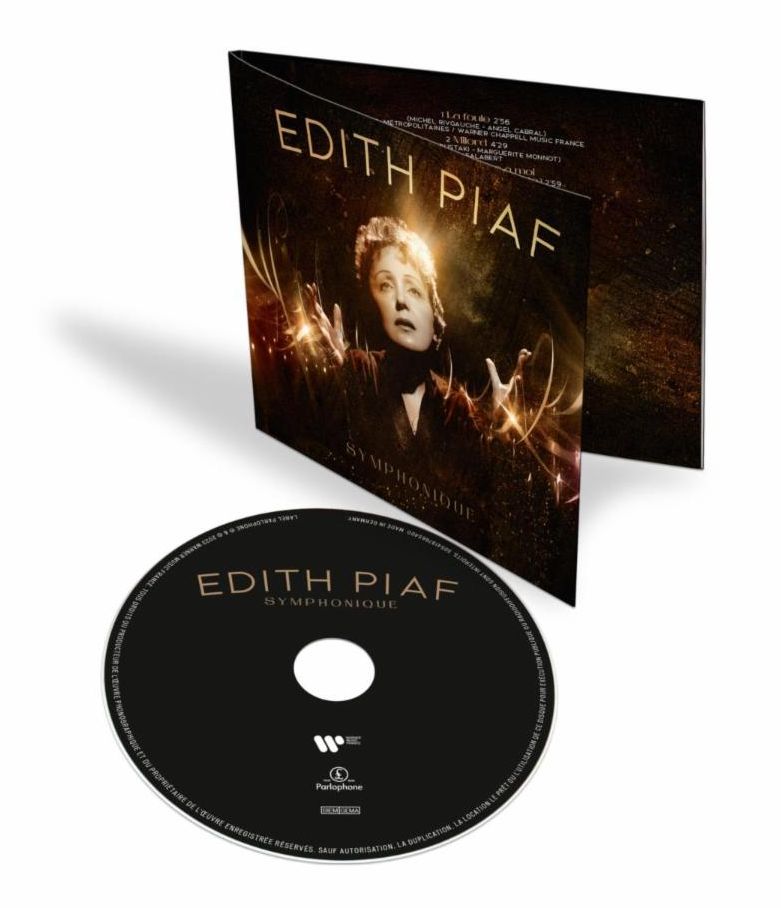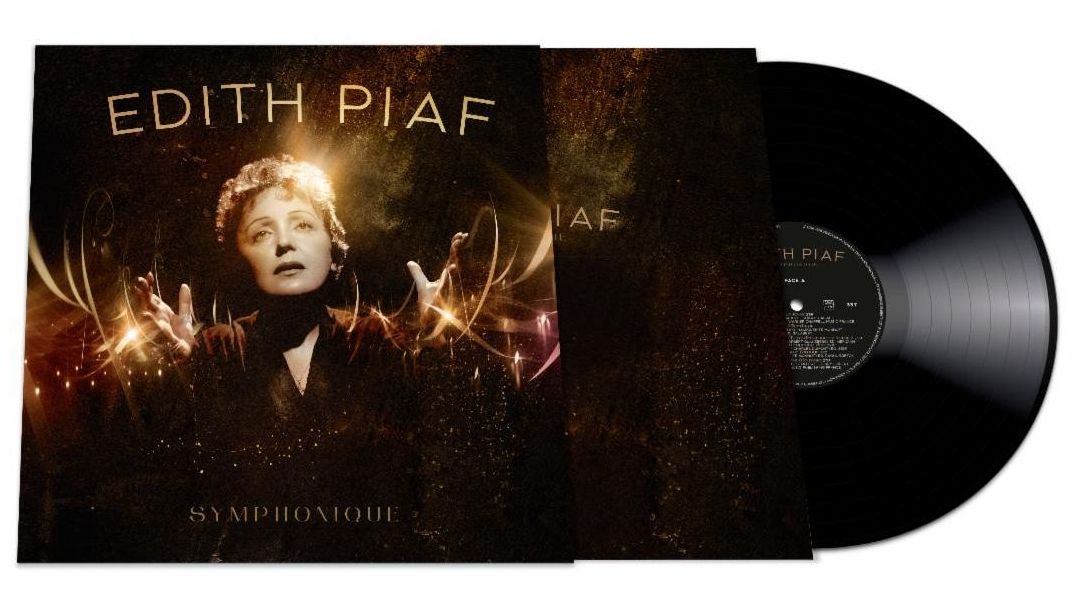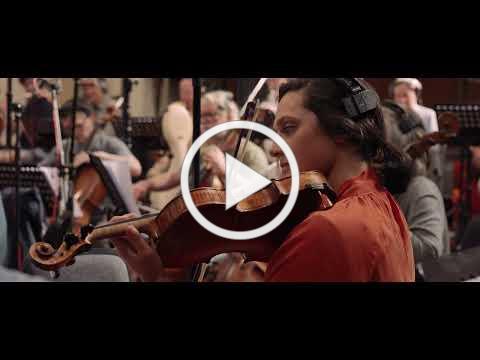Rhino EntertainmentClient Information
6 September, 2023Print

Warner Music France Presents: Edith Piaf Like You've Never Heard Her Before!


EDITH PIAF SYMPHONIC
Her voice sublimated by a symphony orchestra
The official project paying tribute to the greatest voice of French music, 60 years after her passing.
Album available on October 13
(October 20 th in the US)
in CD and Vinyl version as well as in digital version in three formats:
Standard, HD Audio and Dolby Atmos
Edith Piaf, performing her greatest songs 60 years after her passing, accompanied in London by a symphonic orchestra of 60 musicians... What could be considered science fiction has become a reality thanks to renowned musicians, arrangers, and sound engineers. They took on the challenge of creating new orchestrations capable of resonating with today's ears without compromising the nostalgia of their predecessors. By technically isolating her voice, they have allowed the refrains of yesteryears to prove that they remain as immortal as their interpreter. Edith Piaf's iconic voice was meticulously extracted from the original masters by a team of sound engineers working at the legendary Abbey Road studio in London. The album, on the other hand, was recorded at the prestigious AIR Studios, also located in London. The orchestra comprises carefully selected sixty musicians, forming the distinguished Legendis Orchestra. These musicians hail from some of the most prestigious English symphonic orchestras, including the London Symphonic Orchestra, Royal Philharmonic Orchestra, and BBC Orchestra. The tracks were brilliantly arranged by Martin Batchelar, Samuel Pegg, and Nathan Stornetta.
Emotion: the word that encapsulates this journey—both for the musicians during the recording and for the rights holders of Edith Piaf, Catherine Glavas, and Christie Laume. As they listened to the album, they experienced the feeling that Edith was right there with them. Between 1961 and 1963, they regularly spent days and evenings in the apartment at 67 Boulevard Lannes, gathered around a piano where Piaf rehearsed for hours, refining every note and gesture. They are convinced that if she were among us today, Edith would have been the first to work tirelessly on this album, alongside the conductor and sound engineers. Perfection was her trademark. On tour, in the three hours leading up to a performance, she didn't hesitate to alter her program when her instincts guided her. From the school of the streets, she had learned a lesson: a chorus becomes popular when it's whistled by the mailman during his rounds. That's the case for most of those featured in this new version. Each of them has a story tied to their journey and their loves. Here are a few examples...
- La Foule: While on tour in Argentina, Piaf happened to hear a waltz composed by Angel Cabra playing in a disco. The very next day, she acquired the rights to the song and enlisted the help of a young author, Michel Rivgauche, to craft French lyrics. He called her at three o'clock in the morning and read her a text that she promptly approved.
- Milord: While on tour in Nice, she asked Georges Moustaki, who was then the love of her life, to jot down on a piece of paper all the words that came to his mind. He compiled a list, and upon the first reading, she selected one: "Milord." "You have the title, now write the song!" she exclaimed. Marguerite Monnot composed two melodies. Edith chose one, but Georges favored the other. To make him happy, she approved his choice. She would never regret it.
- Mon manège à moi: Because they insisted persistently, she reluctantly agreed to host Michel Vaucaire and Charles Dumont at her home. After hours of waiting in her living room and a notably cold reception, Charles Dumont, trembling, sat down at the piano and sang the verses in one go, which she immediately demanded to hear again. Her reaction was swift: "With this song, the two of you are going to make a lot of money!"
- Padam: At the outset of the war, while on tour in the free zone, she once hosted one of her musicians, Norbert Glanzberg, for the night. He was Jewish and faced the risk of being apprehended by the Nazis. At two o'clock in the morning, he sat down at the piano and composed a melody, which she immediately embraced.
- L’homme à la moto: During a tour in the United States, Piaf came across a melody she wished to record in French. She approached Jean Dréjac, who had previously penned "Sous le ciel de Paris" for her, to adapt the lyrics. This is how "Black Denim Trousers and Motorcycle Boots" transformed into "L'homme à la moto" (The Man on the Motorcycle).
- L’Hymne à l’amour: From time to time, Charles Aznavour, still unknown and living with her, provides her with lines when she's writing song lyrics. He throws out two verses: "the sky may fall on us, and the earth may crumble." She carries on, and when she's finished, she reads the whole thing to him. "Your story is a hymn to love," he tells her. "Well, that will be the title," she replies.
- A quoi ça sert l’amour: Théo Sarapo was the last man in her life, both in her personal life and on stage. She once said of him, "He's the only one I don't need to call; he's always there!"
|
|

